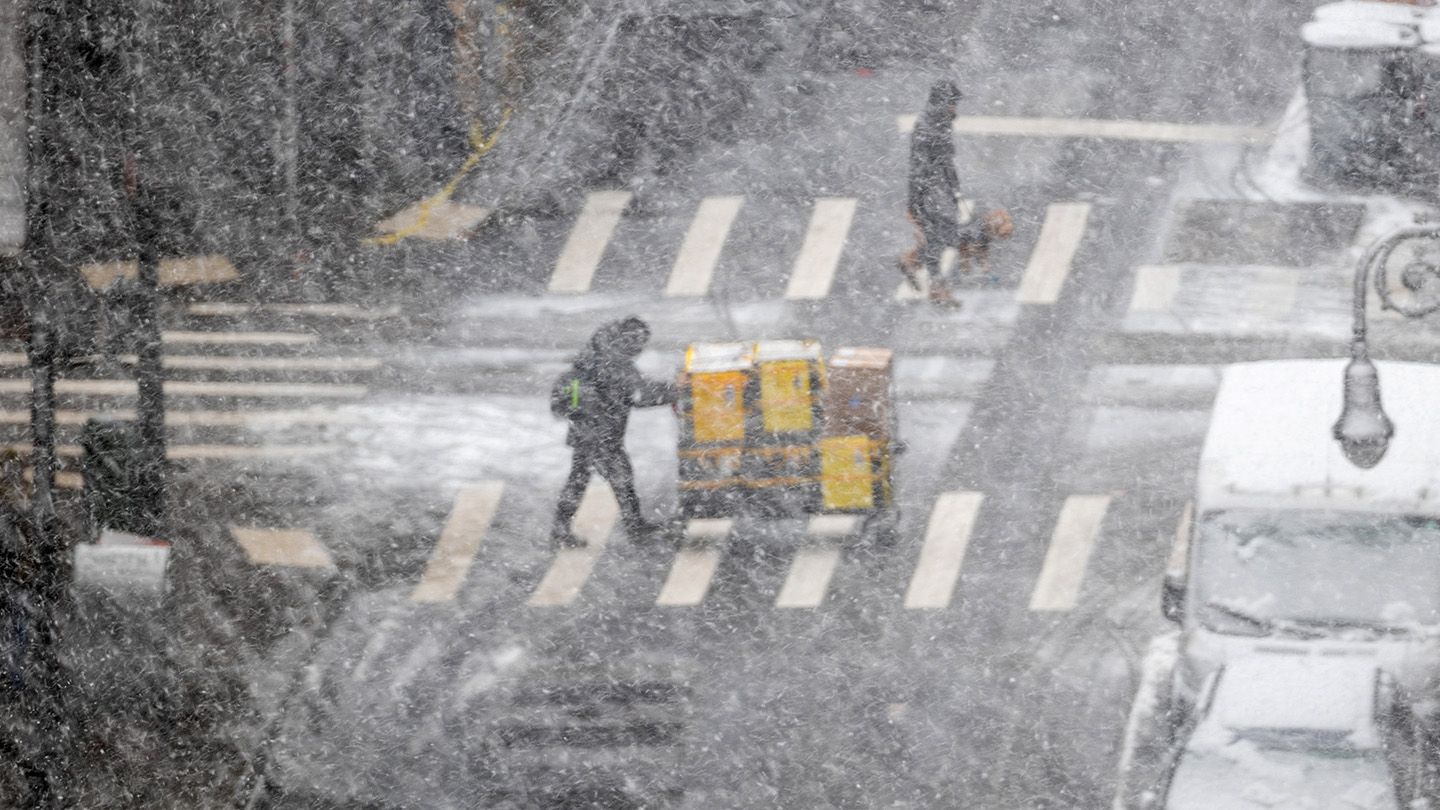Deaths related to the cold have grown since 1999 in the U.S.
Over time, deaths from cold temperatures have increased in the United States.
From 1999 to 2022, the country’s age-adjusted, cold-related mortality rate rose from about 4 per 1 million people to 9, researchers report December 19 in the Journal of the American Medical Association. These are deaths for which exposure to the cold was the main cause or was a contributor. The rise in the cold-related death rate during the study period was driven by an increase from 2017 to 2022.
Among different age groups, the oldest had the highest cold-related death rate. Those 75 and older saw a rate of 42 per 1 million people in 2022. Older people are more susceptible to the cold in part because it’s harder for their bodies to generate heat and stay warm.
There was also a higher burden of cold-related deaths in some racial and ethnic groups in 2022. Among American Indian or Alaska Native people, the death rate was 63 per 1 million people. For Black people, the rate was 15 per 1 million.
Risks from structural factors like a lack of heat are disproportionately experienced by racial and ethnic minority groups. For example, 2 percent of U.S. households, on average, have heating deficiencies, but that rises to 12 percent for American Indian and Alaska Native people in tribal areas, according to a 2017 U.S. Department of Housing and Urban Development report. And research has found that Black people are more likely to live in older homes with inefficient heating systems and inadequate insulation.
Exposure to excessive cold can lead to hypothermia, when a person’s core temperature falls below 35 degrees Celsius because the body can’t produce heat quickly enough to compensate for its loss. During hypothermia, which is a medical emergency, the cardiovascular and respiratory systems can’t function properly.
The new study was not designed to determine why the cold-related death rate has risen. The authors propose some factors to investigate, including whether there are ties to the increasing number of people experiencing homelessness in the United States — a major risk factor for exposure to dangerous cold — or to more frequent episodes of severe winter weather (SN: 3/16/18).
Source link


